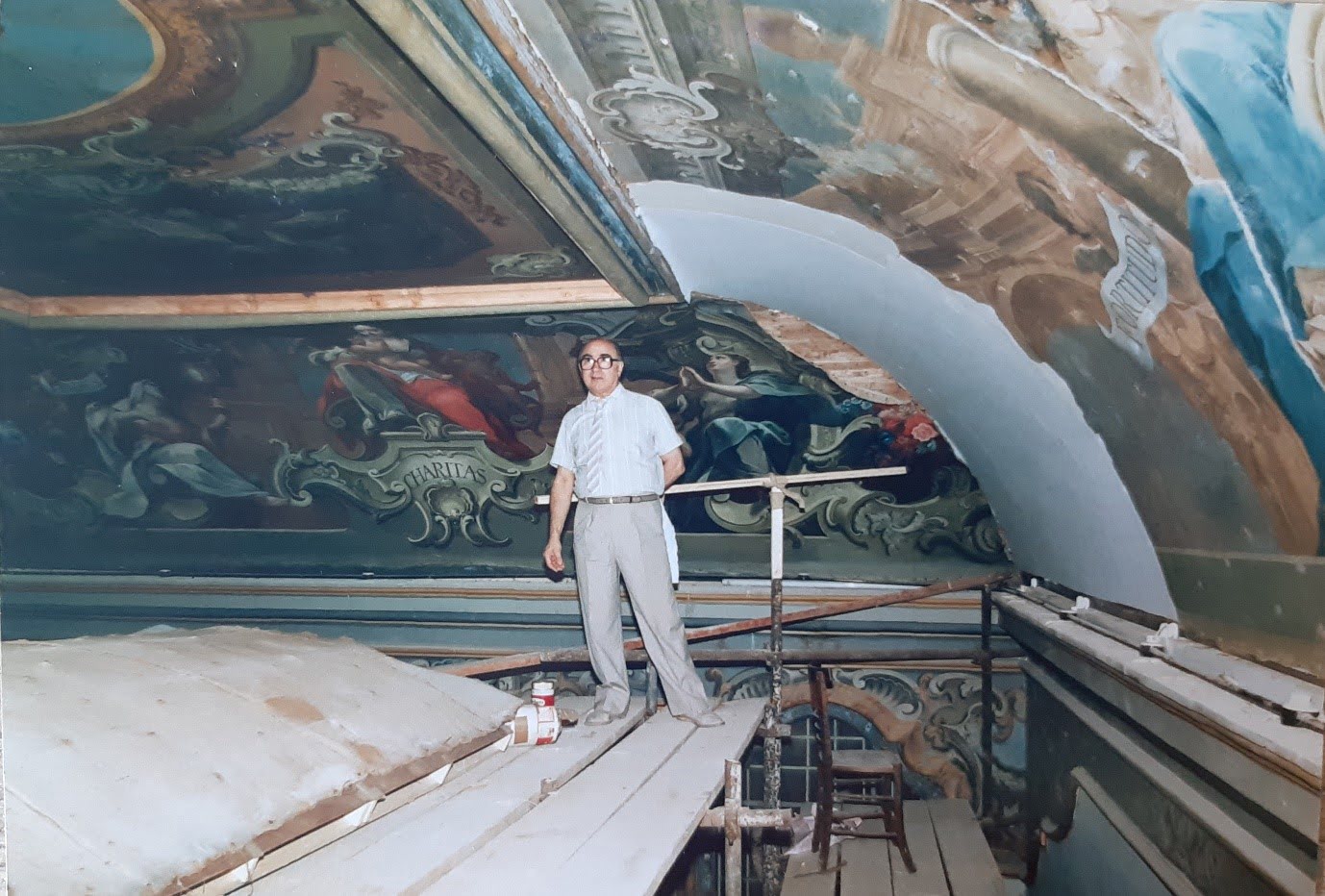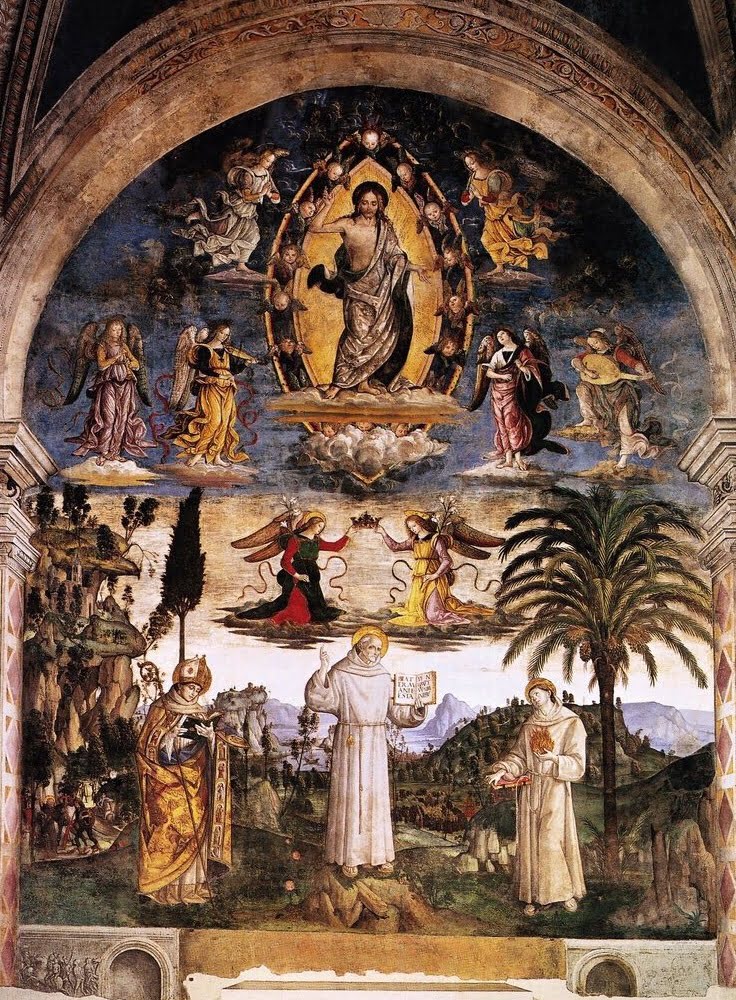Samuel Bugeja - The Restorer
Introduction


Then, the Parish Priest of Sacro Cuor in Sliema, Father Paul, summed up his emotional homily during my father’s funeral impeccably. He carefully chose his words well and stated ‘Samuel Bugeja, a very reserved and religious man did not leave an inheritance, no, no, Samuel left us an enormous Heritage for our future generation’.
Being one of the younger siblings, my distinctive memories and experiences would subtly differ from my older brothers and sister. My intension is to describe my father through my own eyes as a very young boy, into my teens and then through later years. In particular, I will focus on his restoration works.
My father had many activities all related to his work and his boundless love for art. Perhaps that signified how we were moulded during our early years, how we all evolved in our lives and who we are today. But this could not have happened without the love and endless support of my mother Helen (always known as Nellie). She was the glue that brought everything together. My mother did not just support my father and us all with true unconditional love, but poured total and absolute dedication, rain or shine.
Rome - Samuel Bugeja's Restoration Turning Point
Samuel Bugeja´s full year attendance at the Istituto Centrale Del Restauro during the period 1955 to 1956 was an impressive experience that professionally matured him. In his early thirties, artistically well-skilled and with a verve to widen his horizons, the opportunity came with a bang. With the Caravaggio restoration to take place in Rome and an outstanding study period from the 1948 Scholarship, the time was ripe for the Maltese Government to invest in one of its leading restorers at the Museum of Fine Arts.
The large painting of the Beheading of St John by the Caravaggio was well packed and shipped to Rome for its restoration. Samuel Bugeja packed his personal things, had to say good-bye to his family, and left for Rome as well. On arrival, he discussed with Prof Cesare Brandi his role and the study program formulated. This included active participation with the restoration team of the Instituto.
Needless to say, he familiarized himself with Rome and its unique art and history. The participation with the restoration team became widespread well beyond the Caravaggio because his talent and restoration acumen was found to be valuable to the team. He participated on fresco restorations at the most treasured of the Roman Basilicas – from Maria Aracoeli to St John and St Paul to San Clemente. Time had to be found to attend the lectures by Prof. Cesare Brandi at the University of Rome. Obviously, the artist in him could not exclude the attendance of design classes – after all Rome is the place for all activities artistic.
Under the professional mentoring of Prof. Cesare Brandi, Samuel Bugeja developed and matured into the polished artist that he assiduously became during his stay in Rome. He returned to Malta not just with the fully restored Caravaggio but with a baggage full of precious experience second to none. He was an accomplished artist and the Testimonial Certificate by Prof. Cesare Brandi, as the Director of the Istituto Centrale Del Restauro in Rome leaves no doubt about Samuel Bugeja´s premier classification as a top-notch Restorer of Fine Arts.
Samuel Bugeja proved his Restoration prowess many times over during his restoration career in Malta. Some of his notable achievements and veritable discoveries are listed below:
1. Discovery of a Stefano Erardi painting including research;
2. Revealing the golden back-ground and other obscured original painting of the St Paul Polyptych at the Mdina Cathedral Museum;
3. Archeological discovery of the original icon of the Madonna with Child below 10 millimeters thick plaster to reveal the original 14th century colour film applied directly on the natural rock surface at the Sanctuary at Mellieha;
4. Revealing the original flesh-coloured hues of the Ta Giezu crucifix in Valletta;
5. Introduction of the strappo restoration technique (exactly as practiced at the time of his studies at the Istituto Centrale Del Restauro on the Rome Church frescoes) at the fresco vaults of the Mdina Cathedral and the Birkirkara St Helen Basilica.
It is to be noted that recent restorations on these same works of art have found a sound substrate on which to apply the latest scientific apparatus and analysis.





